Chuxiong City
Chuxiong City Travel Guide includes Chuxiong attractions,Chuxiong tours, accommodation, climate, transportation, travel tips, maps, photos, shopping and dining.
How to Get to Yongren County from Chuxiong City
How to Get to Yaoan County from Chuxiong City
How to Get to Wuding County from Chuxiong City
Chinese Name:楚雄峨碌公园
English Name: Elu Park in Chuxiong City
Chuxiong Elu Park in Chuxiong City travel guide introduces the main attractions, entrance tickets booking, The best time to visit, How to Get there, the highlights, facts, history, photos, weather, accommodation, visiting routes, travel tips, tour maps of Elu Park in Chuxiong.
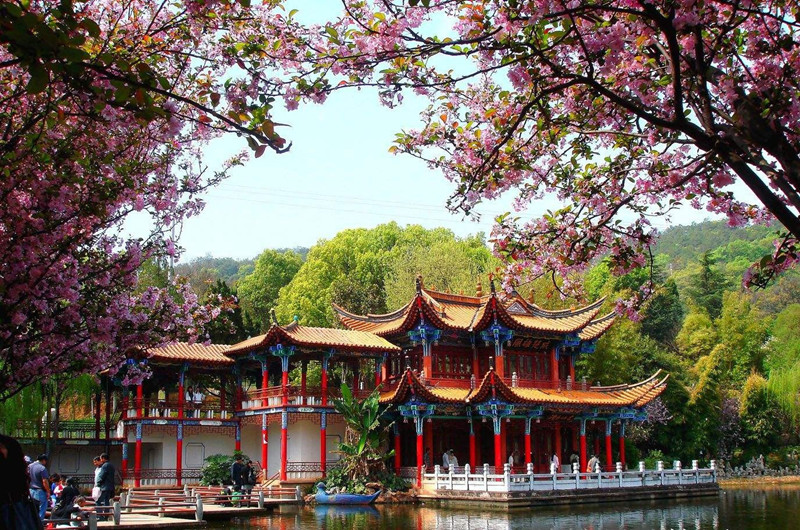

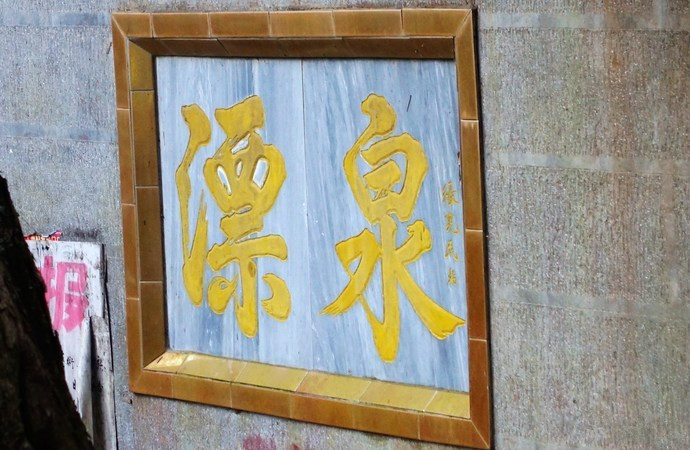
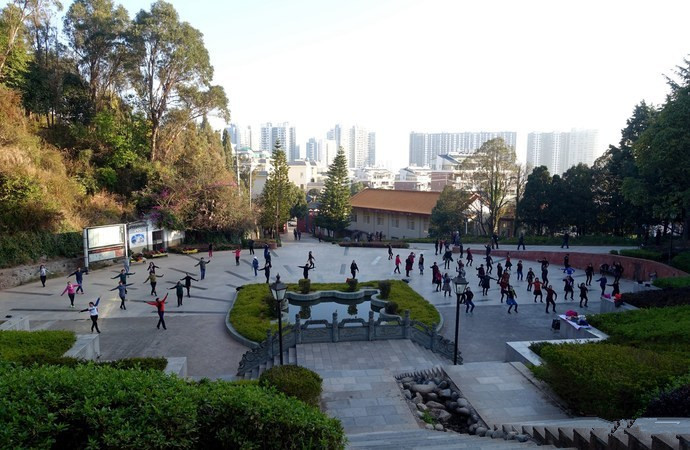
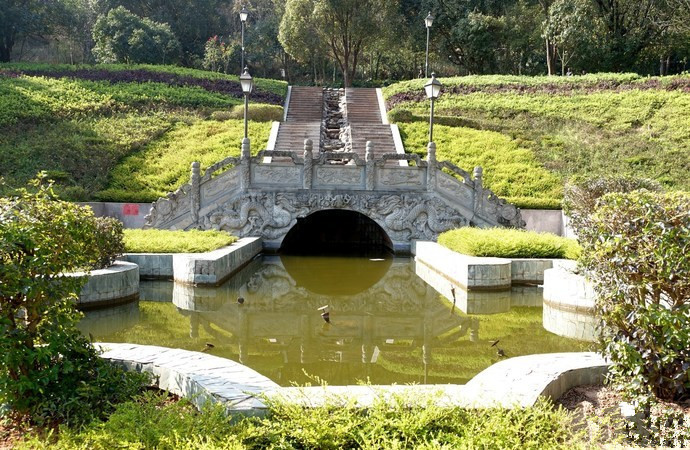
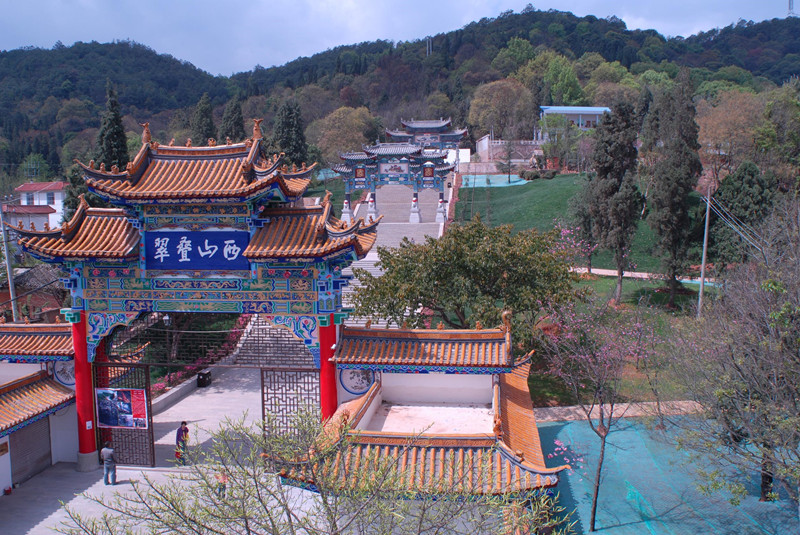
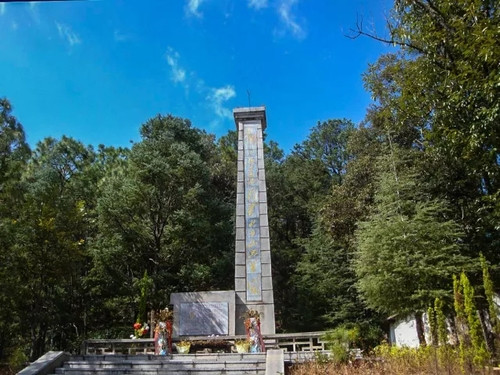
Chinese Name:楚雄灵秀湖公园
English Name: Lingxiu Lake Park in Chuxiong City
Chuxiong Lingxiu Lake Park in Chuxiong City travel guide introduces the main attractions, entrance tickets booking, The best time to visit, How to Get there, the highlights, facts, history, photos, weather, accommodation, visiting routes, travel tips, tour maps of Lingxiu Lake Park in Chuxiong.
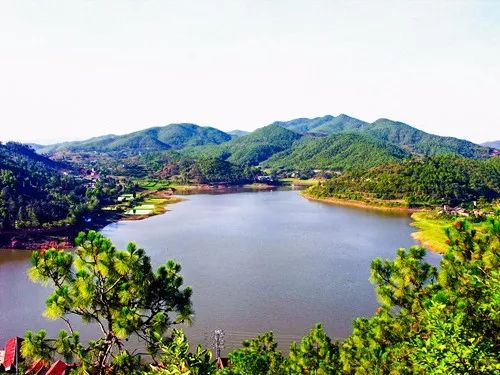
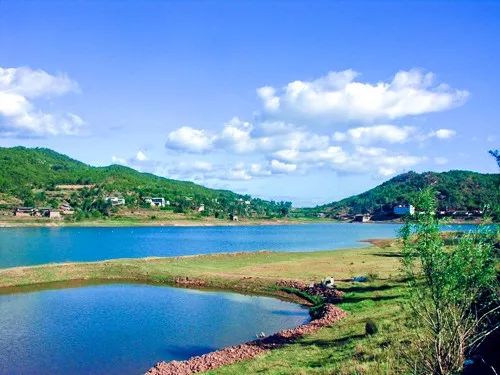

Chinese Name:楚雄龙江公园
English Name: Longjiang Park in Chuxiong City
Chuxiong Longjiang Park in Chuxiong City travel guide introduces the main attractions, entrance tickets booking, The best time to visit, How to Get there, the highlights, facts, history, photos, weather, accommodation, visiting routes, travel tips, tour maps of Longjiang Park in Chuxiong.
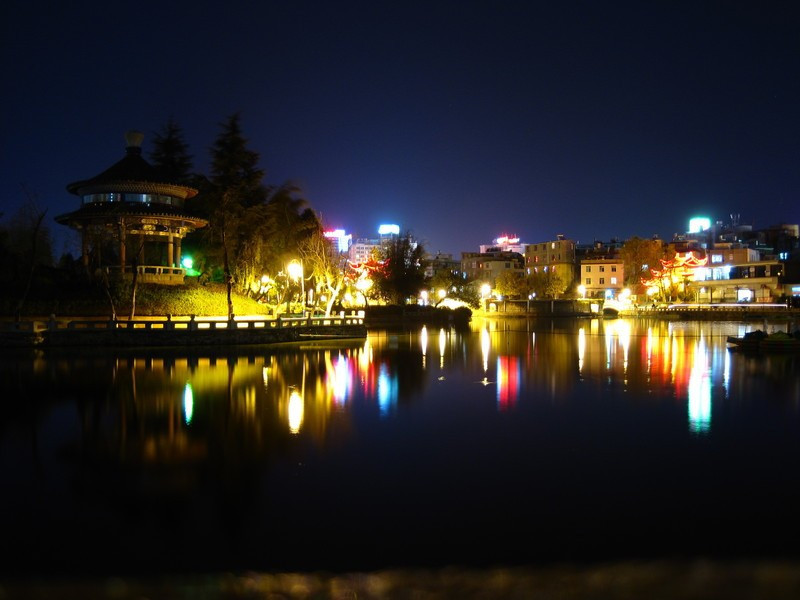
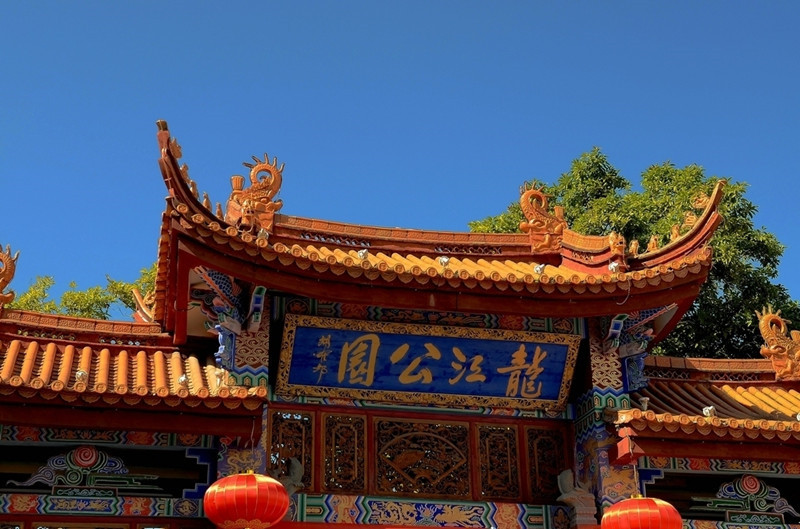
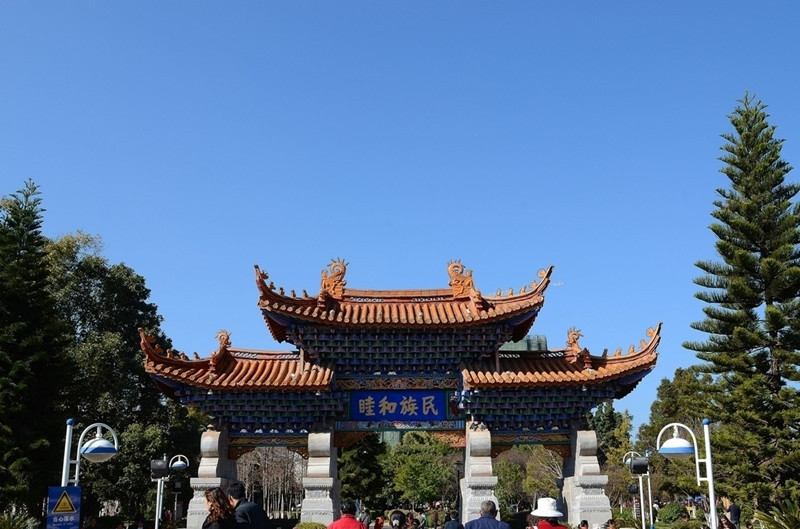
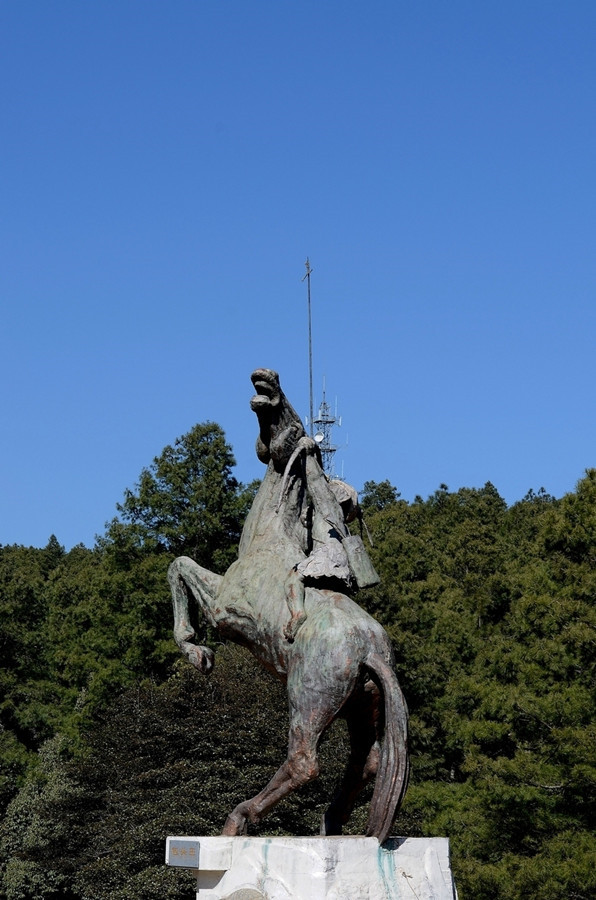
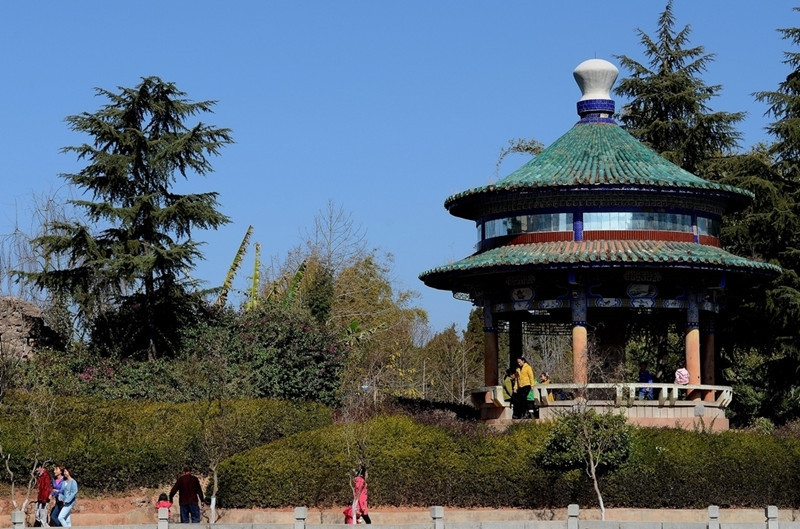
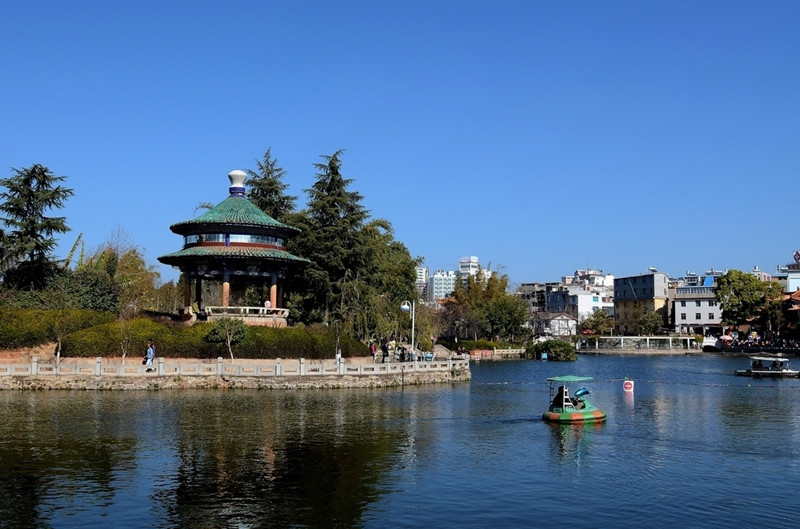
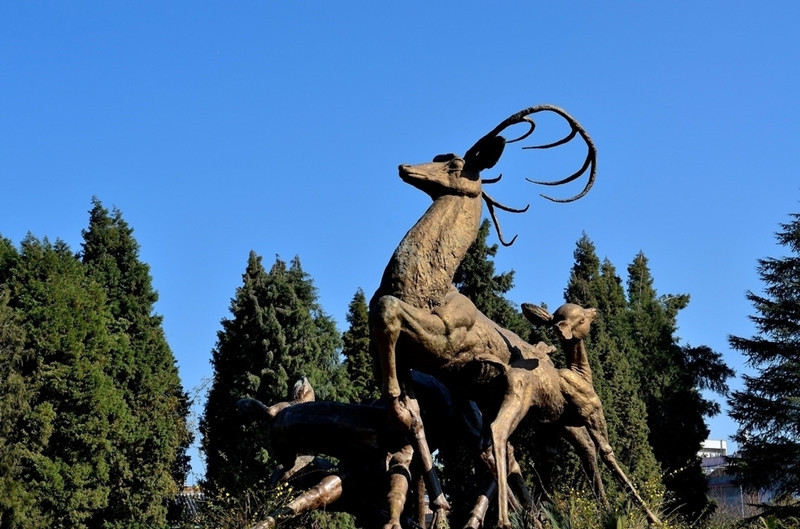
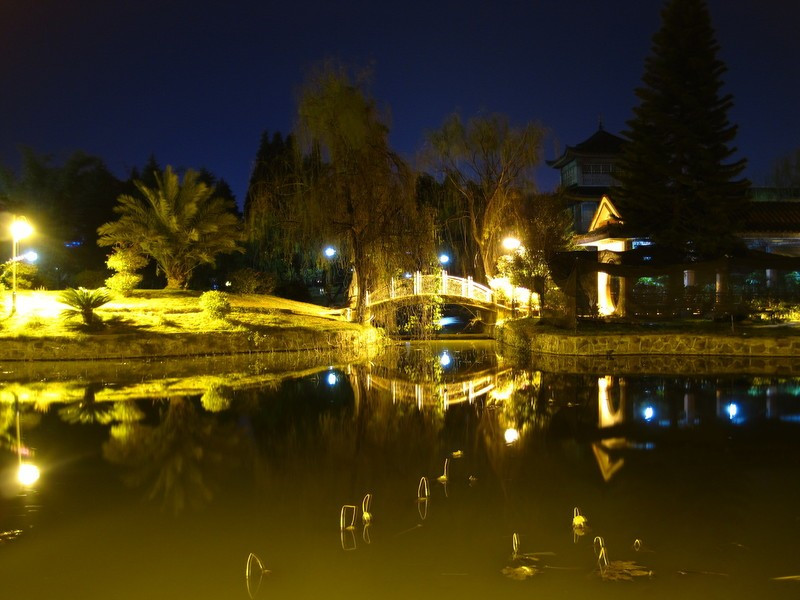
Chinese Name:楚雄桃源湖公园
English Name: Taoyuan Lake Park in Chuxiong City
Chuxiong Taoyuan Lake Park in Chuxiong City travel guide introduces the main attractions, entrance tickets booking, The best time to visit, How to Get there, the highlights, facts, history, photos, weather, accommodation, visiting routes, travel tips, tour maps of Taoyuan Lake Park in Chuxiong.
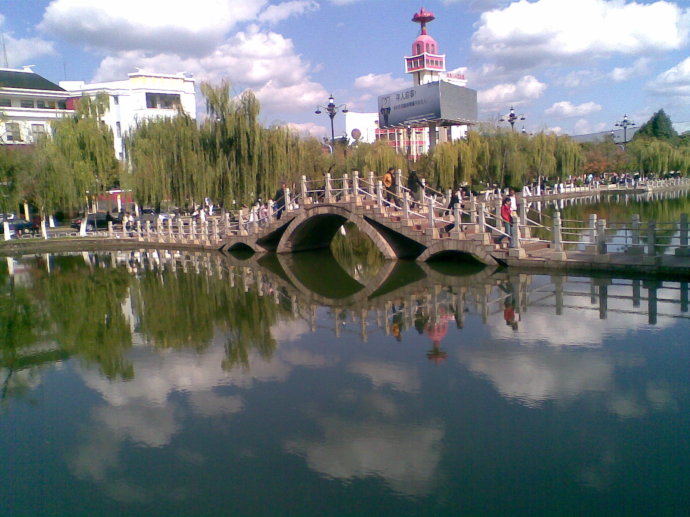
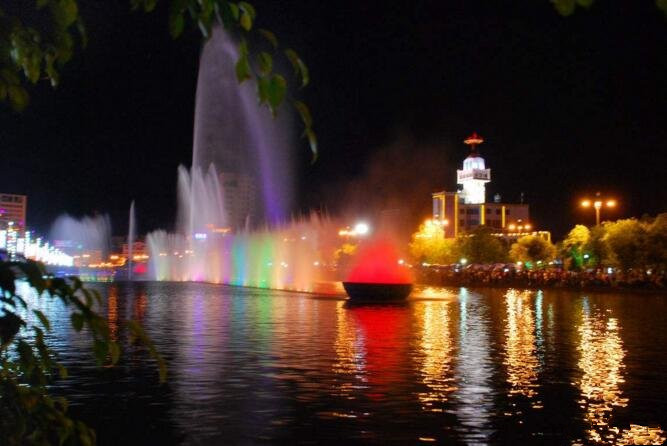
Chinese Name:楚雄飞来寺
English Name: Feilaisi Temple in Chuxiong City
Chuxiong Feilaisi Temple in Chuxiong City travel guide introduces the main attractions, entrance tickets booking, The best time to visit, How to Get there, the highlights, facts, history, photos, weather, accommodation, visiting routes, travel tips, tour maps of Feilaisi Temple in Chuxiong.
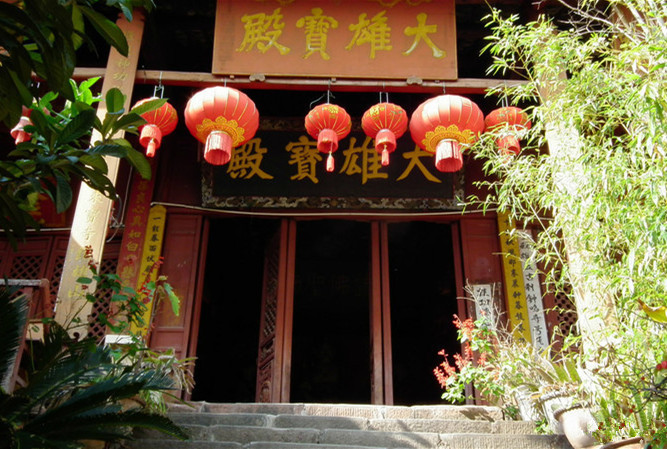
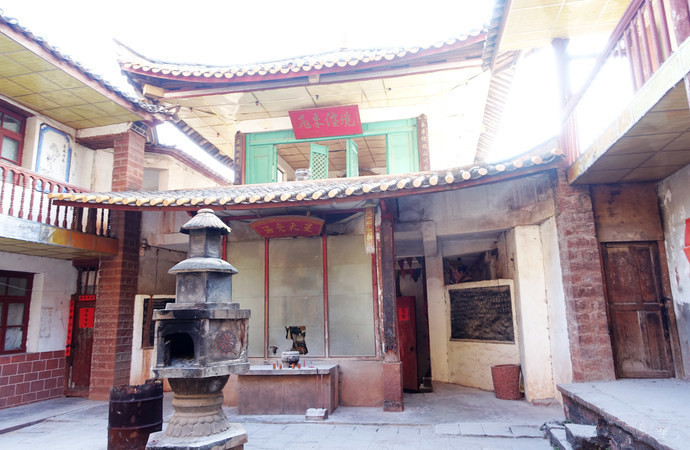
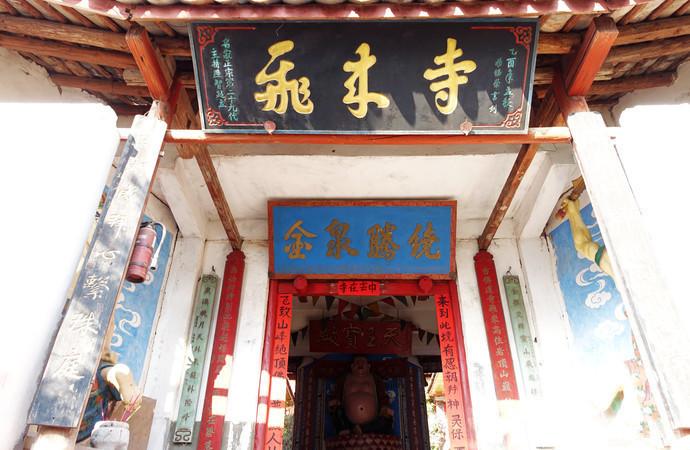
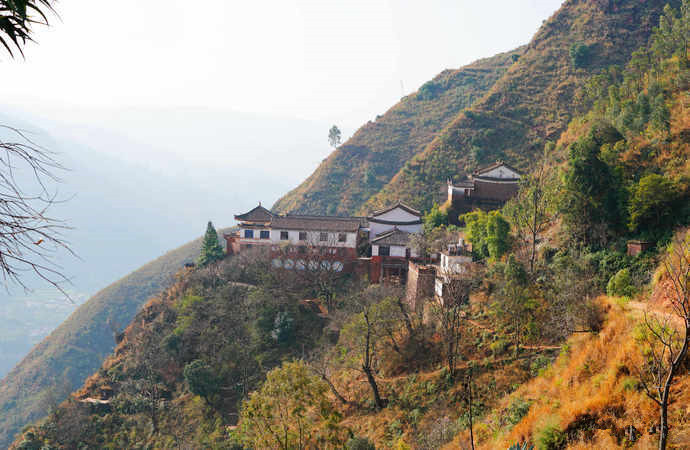
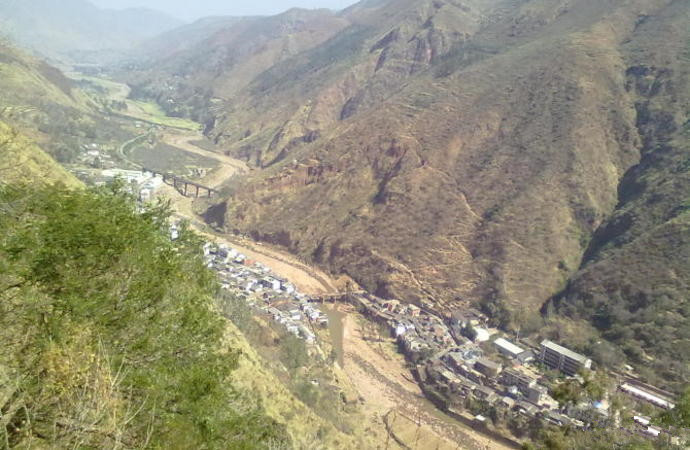
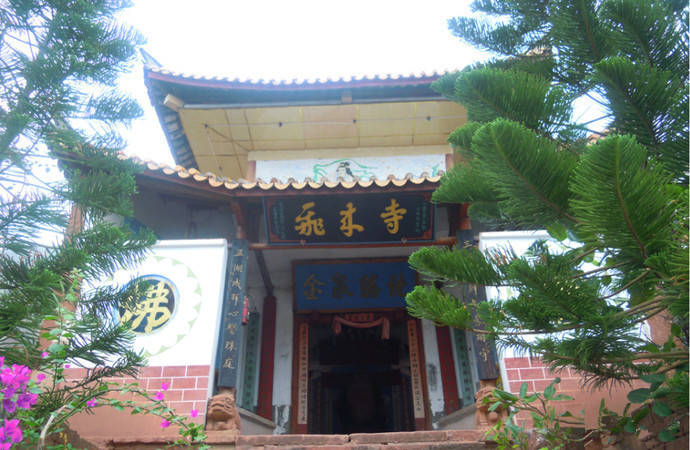
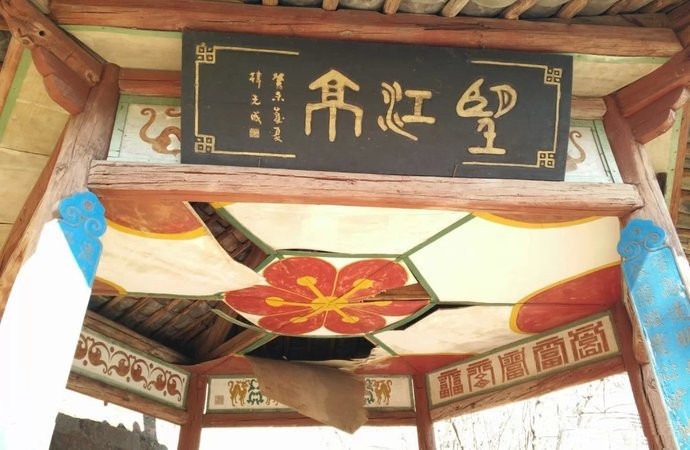
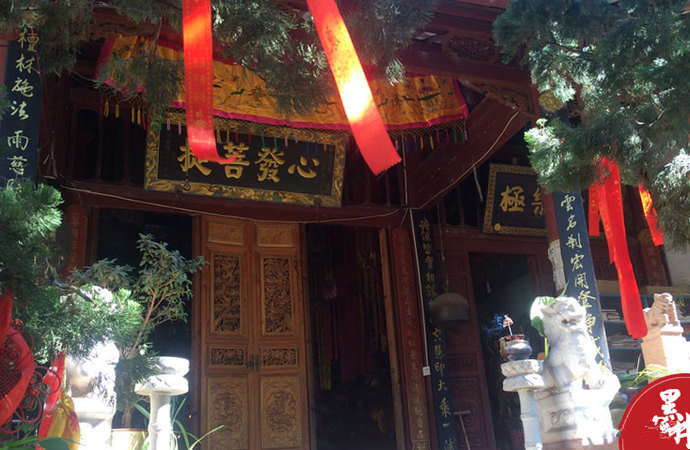
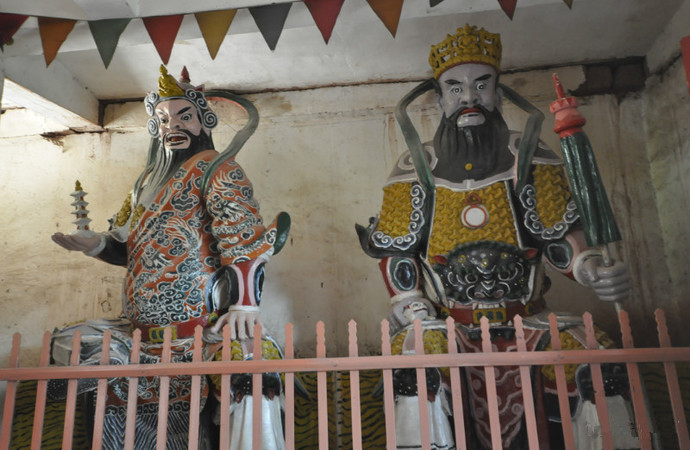
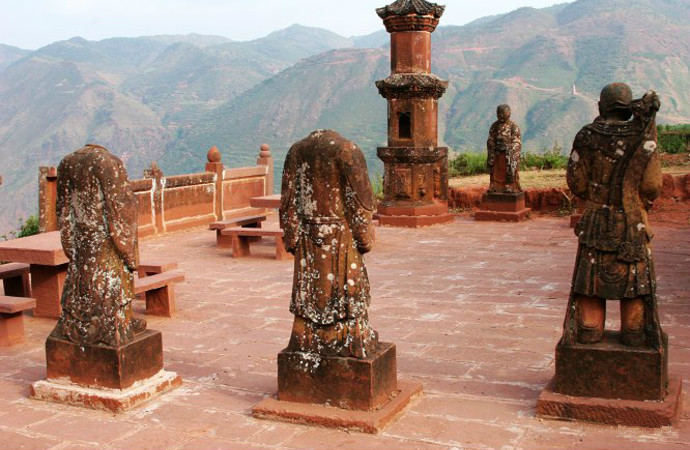
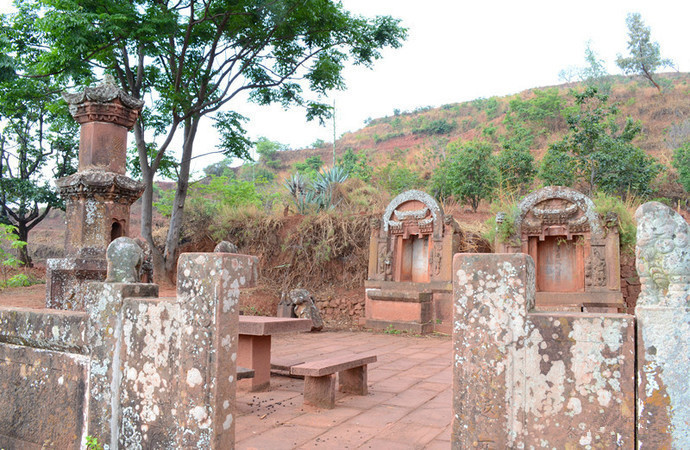
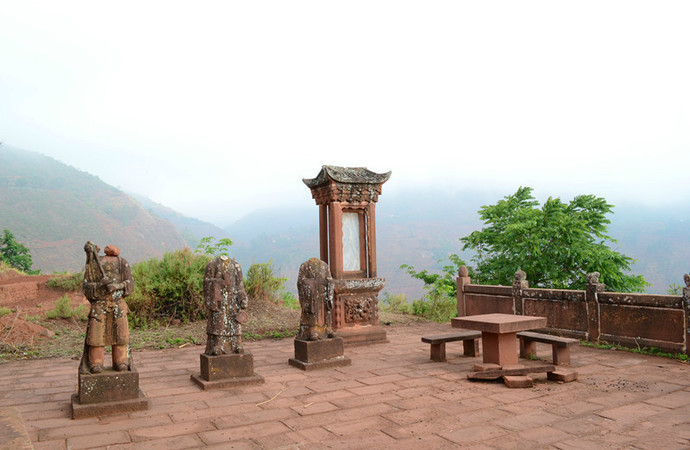
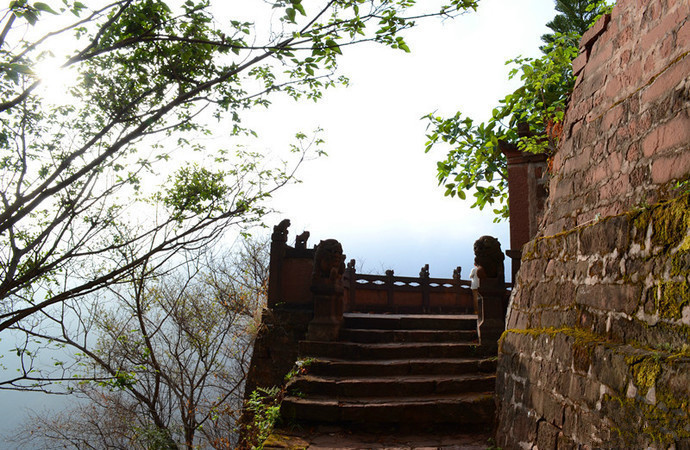
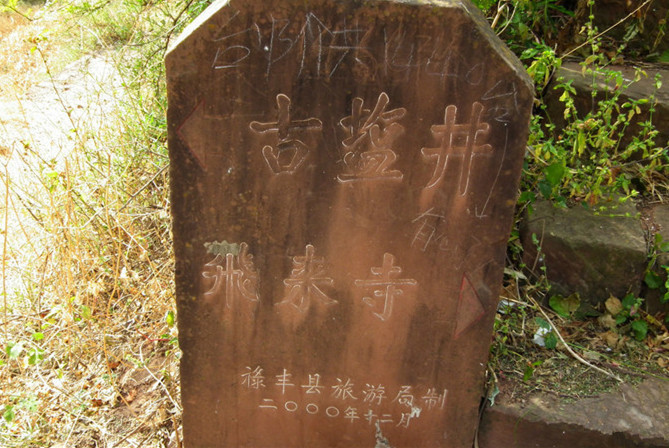
Chinese Name: 楚雄市紫溪镇白草花苗族村
English Name: Baicaohua Miao Ethnic Village of Zixi Town in Chuxiong City, Chuxiong Prefecture
Huashan Festival of Miao Ethnic Minority in Chuxiong City is held in Baicaohua Miao Ethnic Village of Zixi Town.
Location and Overview:
Baicaohua Village is located within the Lingshui Village Committee of Zixi Town, Chuxiong City, Chuxiong Prefecture, Yunnan Province. It is situated in a semi-mountainous area, west of Zixi Town. The village is 6 kilometers from the Lingshui Village Committee and 17 kilometers from Zixi Town. It lies at the foothills of Zixi Mountain, which is a national forest park and provincial nature reserve. The village has 21 households.
Cultural and Ethnic Significance:
Baicaohua is a typical Miao ethnic village, renowned for its rich ethnic customs and culture. In 2016, it was designated as a provincial model village for ethnic unity. This designation led Zixi Town to seize the opportunity for development by enhancing publicity, coordination, safety quality supervision, and responsibility implementation. The town established a timetable and quickly commenced the development work.
Geographical Context:
Baicaohua Miao Ethnic Village is located on the western outskirts of Chuxiong’s capital city. The town government office in Dashi Pu is 10 kilometers from the city government location. The village is situated within the Zixi Mountain national forest park and provincial scenic area. It is intersected by National Highway 320, Anning-Chuxiong Expressway, Guangtong-Dali Railway, and the Zixi Mountain Tourism Circular Road. The village borders Lucheng Town to the east, Donghua Town to the south, Donggua Town and Lühe Town to the north, and connects with Yulu Township of Nanhua County to the west. Baicaohua, belonging to the Lingshui Village Committee of Zixi Town, is a typical Miao village with 21 households and 84 people, all of whom are Miao. The village is 2 kilometers from the north gate of Zixi Mountain Scenic Area, surrounded by mountains and rivers, with excellent water conservancy conditions. This makes it an ideal location for leisure, vacation, and sightseeing. The village has developed rural tourism by growing walnuts, cherries, and winter peaches, and the agritainment industry is thriving.
Zixi Town Rural Tourism Festival and Miao Flower Mountain Festival:
The annual Zixi Town Rural Tourism Festival and Miao Flower Mountain Festival are held in Baicaohua Miao Ethnic Village. On June 22, 2023, the festival’s activities took place in Zixi Yi Village and Baicaohua Miao Ethnic Village. The festival featured ethnic song and dance performances and traditional activities.
The “Flower Mountain Festival” begins with a welcoming wine ceremony. Miao girls, dressed in festive attire, line up at the village entrance to offer wine to visitors, showcasing Miao hospitality.
A significant ritual of the Miao “Flower Mountain Festival” is the traditional “Flower Pole” ceremony. Respected Miao elders perform ceremonial acts and offer rice wine under the colorful flower pole. Miao people surround the pole, playing the lusheng (a traditional reed instrument) and performing a blessing dance. Miao resident Tao Faming stated, “Today is the Flower Mountain Festival. Through erecting the flower pole, we pray for favorable weather, good health for all ethnic groups, and bountiful harvests for our crops and fruit trees.”
The opening ceremony of the Zixi Town 2023 Rural Tourism Festival and Miao Flower Mountain Festival featured vibrant cultural performances. Traditional Miao songs and dances highlighted the deep affection of the Miao people and their positive, energetic spirit, promoting ethnic unity. Visitor Ding Na commented, “Today’s event is very good; the singing is beautiful, and the dances are particularly attractive.”
Following the opening ceremony, activities such as electronic music parties, water parks, fishing, and “chicken” battles were held, creating a lively festival atmosphere.
Visitor Feng Ying remarked, “This event allowed me to experience the warmth of the Miao and Yi people. From the welcoming wine ceremony to the lively Miao girls and the large water pool, the activities were diverse. I am very happy and delighted to have such an event this summer.”
The “Flower Mountain Festival” is the most grand and solemn festival for the Miao people. It showcases their diligence, kindness, hospitality, and serves as a vital platform for expressing unity and gratitude towards the nation. It has become a unique showcase of ethnic charm in Zixi Town, promoting ethnic unity, enhancing the town’s reputation and attractiveness, and driving rural tourism and revitalization.
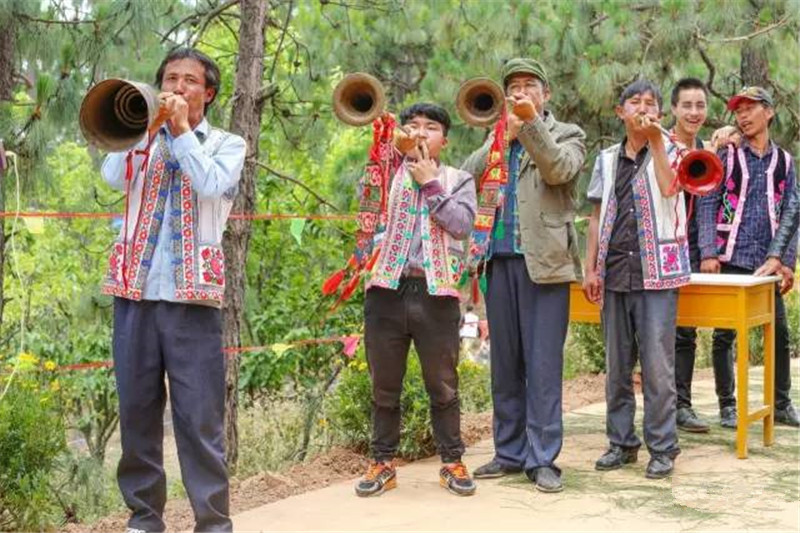
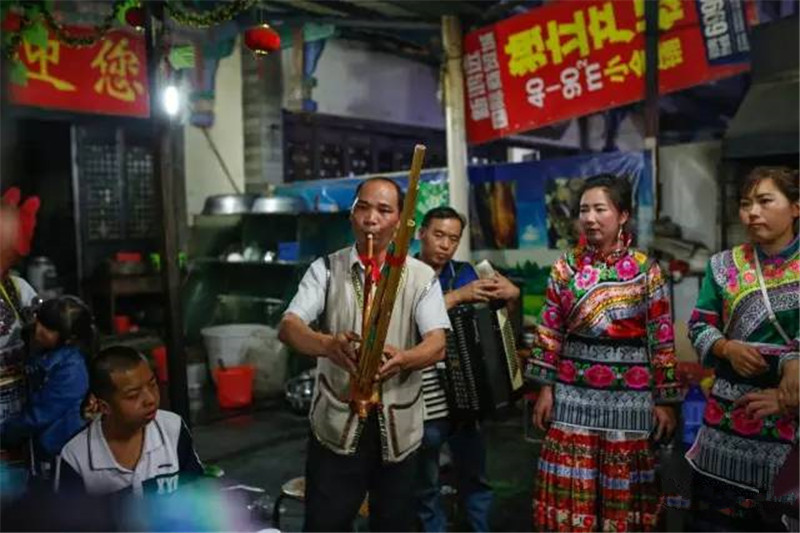
Overview of The Festival
The Huashan Festival, also known as “Tiaochang,” “Tiaohua,” “Shuahuasang,” and “Caihuashan,” is a festival that honors the ancient Miao ancestor, Chiyou. It typically takes place between the first and fifteenth days of the first lunar month. The main activities include climbing a flower pole, singing duets, jumping the lusheng (a type of musical instrument), practicing martial arts, and holding horse racing and bullfighting contests.

The Miao ancestors’ tribe was invaded by foreign tribes. Under the leadership of their chief, Chiyou, the Miao people rose up to resist but were ultimately defeated due to being outnumbered and were forced to scatter. To gather his people, Miao chief Chiyou erected a flower pole on the mountain and instructed a musician to play the lusheng (a type of wind instrument). Upon hearing the familiar sound of the lusheng, the Miao people gathered from all directions beneath the flower pole and began their new life. Since then, the Miao people have held the “Huashan Festival” every year to commemorate their chief, Chiyou, and to celebrate the reconstruction of their new lives.
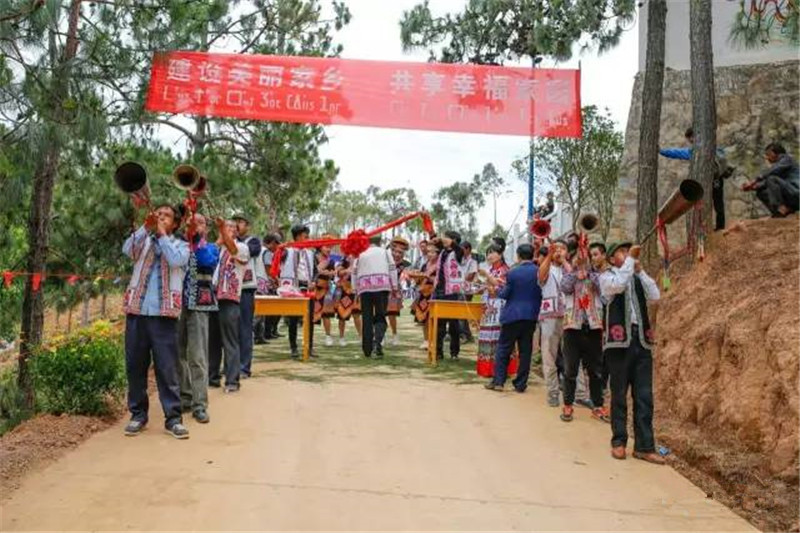
Huashan Festival, known as “A Yi Ao” in the Miao language, is held on the fifth day of the fifth lunar month each year. According to legend, the Miao people in Chuxiong, Yunnan, lived in a place called “ZhimiLi” during ancient times. The ancestors of the Miao people, such as the elder of the sun and the elder of the Ge Man, led their tribes to build cities. However, the people of the “Shanda Jue Di Ao” tribe came to seize their land, and both sides engaged in battle since the Chicken Year, Chicken Month, and Chicken Day, fighting for an unknown number of years. As the “Shanda Jue Di Ao” tribe grew in numbers, the city was besieged by their troops, leading to a blockade of water and food, and it seemed they would soon be breached.
In a moment of desperation, the Miao people devised a clever plan. They informed the enemy that it was their ancestral worship year, suggesting that they would not fight until after the rituals. Meanwhile, they vigorously prepared to break through and escape. Within the city, they erected two wooden poles; on one, they tied a large sheep, and on the other, a large goat. They placed a trough of food between them, and each animal had a copper drum placed in front of it. The animals, eager to grab the food, stomped and created a loud “dong dong” sound on the drums, causing the besieging enemies to think the people inside were preparing for battle and they nervously craned their necks to look.
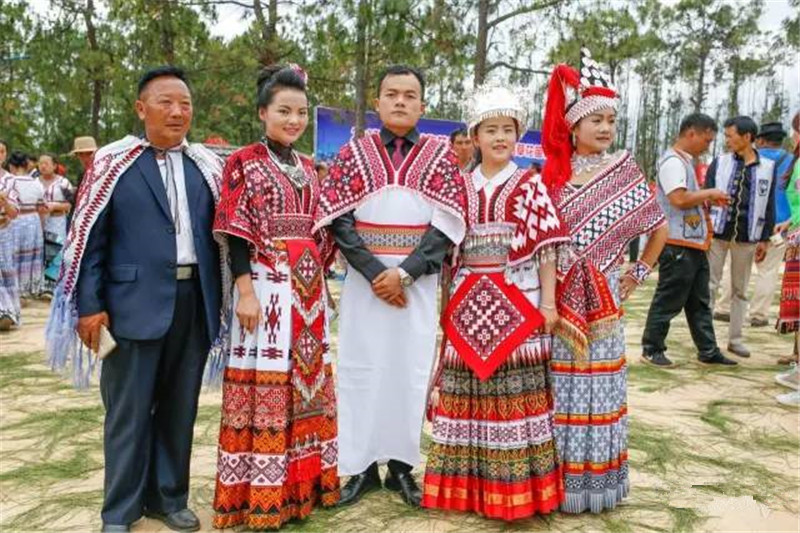
The Miao people in the city were led by two leaders: one to organize the breakout and the other to protect the elderly and children during the escape. The sound of battle cries and the chaotic drumming confused the besieging enemies, leaving them unsure of how many Miao fighters were inside. Just as they were in panic, the breakout party cut through a path and escaped the siege, fleeing to safety.
The Miao people who escaped from their homeland deeply missed the cities and homes they had built, as well as the relatives who had died or been separated. They embroidered the rivers, fields, and city walls from their homeland onto their clothing. Additionally, they tied six small copper bells to the back of their outfits, resembling armor; whenever they moved, the bells rang continuously, serving as a reminder of their homeland and loved ones.
The Miao people chose the fifth day of the fifth lunar month to ascend the mountains together to look out over the land, slaughtering pigs and goats to honor the spirits of the deceased. This time of year coincides with the flourishing growth of all living things, with mountains and fields vibrant with wildflowers. The Miao people, inspired by the beautiful scenery, called it the “Huashan Festival,” which has continued to this day.

During the Huashan Festival in Chuxiong, Yunnan, Miao people from all directions don their meticulously crafted traditional attire to gather at the assembly grounds, playing the lusheng (a traditional reed instrument) and dancing the joyful lusheng dance. Men, women, and children pair off to compete in singing contests. Additionally, various sporting events beloved by the Miao people for centuries are held, including wearing flower clothes, bullfighting, horse racing, shooting, crossbow competitions, mountain climbing, basketball, tug-of-war, and the exchange of goods and materials.
It’s a comprehensive Yunnan day tour. Cross three cities: Kunming, Chuxiong and Dali in one day. Visit historical sites:Yunnanyi, Flying Tiger Museum, and minority areas.
Sightseeing and Activities:Chuxiong Museum, Ten-Month Solar Calendar Park, Yunnanyi Old Town, The Flying Tigers Museum, Dali Old Town
Accommodation: Dali
Meals: Lunch
Pick you up at your hotel in Kunming. Drive to Chuxiong. After arrival, visit Chuxiong Museum and Ten-Month Solar Calendar Park.
In the afternoon, drive to Yunnanyi in Xiangyun County. Walk through this old town and visit the Flying Tigers Museum. Afterwards, transfer to Dali Old Town. Walk around the Foreigner Street and enjoy the relax time with local people. After climbing up to the City Wall of Dali, you will have panoramic view of the Erhai Lake.
Yunnan Province holds some of the most exciting habitats and alluring species in the whole of Asia, about half of China’s birds and mammals. This 14 days West Yunnan Birding Tour covers some of the best birding areas in the province, such as Zixi Mountain, Baoshan, Baihualing, etc. This tour offers travelers featured birds in Yunnan. Yunnan is an ideal place for your biring tour.
Sightseeing and Activities: Kunming Arrival
Accommodation: Kunming
Meals: Lunch
Pick you up at Kunming airport. Meet your local guide and driver, then transfer to hotel.
Sightseeing and Activities: Haigeng Park, Dianchi Lake and The Green Lake, Birdwatching
Accommodation: Zixishan Mountain
Meals: Breakfast, Lunch
Birdwatching tour at Haigeng Park, Dianchi Lake and The Green Lake. Drive to Zixishan Mountain Nature Reserve (200km) in the afternoon.
Sightseeing and Activities: Zixishan Reserve, Giant Nuthatch, Yunnan Nuthatch, Tree creeper
Accommodation: Zixishan Mountain
Meals: Breakfast, Lunch
A whole day birding in Zixishan Reserve, a good place for Giant Nuthatch, Yunnan Nuthatch, Tree creeper, Ms Hume’s pheasants!
Sightseeing and Activities: Birding, Dali
Accommodation: Dali
Meals: Breakfast, Lunch
After morning birding in Zixishan, drive to Dali in the afternoon.
Sightseeing and Activities: Birdwatching, Mt. Cangshan
Accommodation: Dali
Meals: Breakfast, Lunch
In the morning, birdwatching in Mt. Cangshan. Have a good opportunity to see Lady Amhersts, fire-tailed sunbirds and blood pheasant at 3100m elevation. Do bird watching in the farmland in the afternoon.
Sightseeing and Activities: Cangshan, Bawan, Birding
Accommodation: Bawan
Meals: Breakfast, Lunch
After morning birding in Cangshan, drive to Bawan in Baoshan city (280km). Baoshan is the main stepping off point for birders visiting Gaoligongshan. Evening bird watching for tropic birds along the Nujiang River in the valley and farmland.
Sightseeing and Activities: Baihualing, Gaoligongshan, Birding
Accommodation: Baihualing
Meals: Breakfast, Lunch
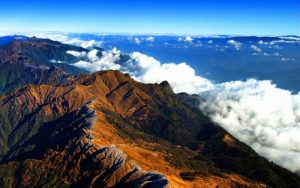
After morning birdwatching, drive to Baihualing in Gaoligongshan. Do birding along the road. 3-night in Baihualing Hostel.
Baihualing is the most easily accessible part of Gaolingong Mountains. Birds at Baihualing include Sclater’s Monal (high elevations only), Silver and Mrs. Hume’s Pheasants, Stripe-breasted Woodpecker, Ward’s Trogon (rare), Brown Wood Owl, Hodgson’s Frogmouth, White-bellied Green Pigeon, Long-tailed Broadbill, White-winged Magpie (rare), three species of shortwing including Gould’s, Chestnut-vented Nuthatch, Spotted, Grey-sided, Blue-winged, Scaly and Red-tailed Laughingthrushes, Coral and Slender-billed Scimitar Babblers, Grey-bellied Wren Babbler, Black-headed Shrike Babbler, Yellow-throated Fulvetta and Beautiful Sibia. Arguably Baihualing’s greatest avian attraction however is Cachar Wedge-billed Wren, a species that’s not uncommon here. Dark-rumped Swift has even been reported here.
Sightseeing and Activities: Baihualing, Gaoligongshan, Birding
Accommodation: Baihualing
Meals: Breakfast, Lunch
The whole day birding in Baihualing.
Sightseeing and Activities: Baihualing, Gaoligongshan, Birding
Accommodation: Baihualing
Meals: Breakfast, Lunch
The whole day birding in Baihualing.
Sightseeing and Activities:Birding, Baihualing
Accommodation: Yunlong
Meals: Breakfast, Lunch
After morning birding in Baihualing, drive to Yunlong and birding on the way.
Sightseeing and Activities: Shaxi Ancient Town, Baisha Ancient Town, Shibaoshan Mountain, Birding
Accommodation: Lijiang
Meals: Breakfast, Lunch
Transfer to Jianchuan County. Visit Shibaoshan Mountain and birding in Shibaoshan Mountain. Explore Shaxi Ancient Town including Yujin Bridge, Xinjiao Temple, Sideng Street and Ancient Stage. Move further to Lijiang and visit Baisha Ancient Town.
Sightseeing and Activities: Lijiang Ancient Town, Lion Hill, Black Dragon Pool and Xiangshan Mountain, Birding
Accommodation: Lijiang
Meals: Breakfast, Lunch
Visit Lijiang Ancient Town and enjoy the birding tour in Lion Hill, Black Dragon Pool and Xiangshan Mountain.
Sightseeing and Activities: Lashihai Lake, Birding
Accommodation: Lijiang
Meals: Breakfast, Lunch
Transfer to Lashihai Lake and visit the birds around the lake. Lashihai Lake turns into a paradise for migratory birds during winter times. Around 140,000 migratory birds spent their winter beside Lashihai Lake. A repertoire of 165 species of birds can be observed in Lashihai.
Sightseeing and Activities:Lijiang Departure
Accommodation: None
Meals: Breakfast
Departure from Lijiang.
| Destination | 5 Star | 4 Star | 3 Star | Hostels |
| Kunming | Sofitel Hotel | Kunming Jinjiang Hotel | Kunming Longteng Hotel | Local Guesthouse |
| Dali | Hilton Dali Resort And Spa | Dali E-outfitting Boutique Hotel | Taiheju Hotel | Local Guesthouse |
| Bawan | / | / | / | Local Guesthouse |
| Baihualing | / | / | / | Local Guesthouse |
| Yunlong | / | / | / | Local Guesthouse |
| Lijiang | InterContinental Hotel | E-outfitting Boutique Hotel in Shuhe | Liwang Hotel | Local Guesthouse |








Chuxiong City Travel Guide includes Chuxiong attractions,Chuxiong tours, accommodation, climate, transportation, travel tips, maps, photos, shopping and dining.
How to Get to Yongren County from Chuxiong City...
How to Get to Yaoan County from Chuxiong City...
How to Get to Wuding County from Chuxiong City...
Chinese Name:楚雄峨碌公园 English Name: Elu Park in Chuxiong City Chuxiong Elu Park in Chuxiong City travel guide introduces the main attractions, entrance tickets booking, The best time to visit,...
Chinese Name:楚雄灵秀湖公园 English Name: Lingxiu Lake Park in Chuxiong City Chuxiong Lingxiu Lake Park in Chuxiong City travel guide introduces the main attractions, entrance tickets booking, The best time...
Chinese Name:楚雄龙江公园 English Name: Longjiang Park in Chuxiong City Chuxiong Longjiang Park in Chuxiong City travel guide introduces the main attractions, entrance tickets booking, The best time to visit,...
Chinese Name:楚雄桃源湖公园 English Name: Taoyuan Lake Park in Chuxiong City Chuxiong Taoyuan Lake Park in Chuxiong City travel guide introduces the main attractions, entrance tickets booking, The best time...
Chinese Name:楚雄飞来寺 English Name: Feilaisi Temple in Chuxiong City Chuxiong Feilaisi Temple in Chuxiong City travel guide introduces the main attractions, entrance tickets booking, The best time to visit,...
Chinese Name: 楚雄市紫溪镇白草花苗族村 English Name: Baicaohua Miao Ethnic Village of Zixi Town in Chuxiong City, Chuxiong Prefecture Huashan Festival of Miao Ethnic Minority in Chuxiong City is held in Baicaohua Miao...
Overview of The Festival Chinese Name: 楚雄市紫溪镇白草花苗族村苗族花山节 English Name: Huashan Festival of Miao Ethnic Minority in Chuxiong City, Chuxiong Prefecture Location:楚雄市紫溪镇白草花苗族村 Baicaohua Miao Ethnic Village of Zixi Town, Chuxiong...
Kunming-Chuxiong-Xiangyun-Dali
Kunming-Chuxiong-Dali-Baoshan-Baihualing-Yunlong-Shaxi-Lijiang
Don't assume you're restricted to the main hubs of Beijing and Shanghai, our tours can start from any city.
For your safety, please register with the Embassy.
Exchange some local currency for your trip
Start planning your tailor-made holiday to China by contacting one of our specialists. Once enquired, you’ll get a response within 0.5~23.5 hours.

Address: Building 4, Yifuyuan, Hehong Road, Xishan District, Kunming, Yunnan, China
Wechat/QQ: 270384698
Office Call: 86-18812220370
Email: Trip@YasoTrip.com
Facebook Page:
https://www.facebook.com/YasoTrip
Tel/WhatsApp: +8618088243690
Trip@YasoTrip.com
Daily: 9:00 am - 6:00 pm
Copyright © 2008 Yaso Trip. All rights reserved
Address: Building 4, Yifuyuan, Hehong Road, Xishan District, Kunming, Yunnan, China
Wechat/QQ: 270384698
Office Call: 86-18812220370
Email: Trip@YasoTrip.com
Facebook Page:
https://www.facebook.com/YasoTrip
Tel/WhatsApp: +8618088243690
Trip@YasoTrip.com
